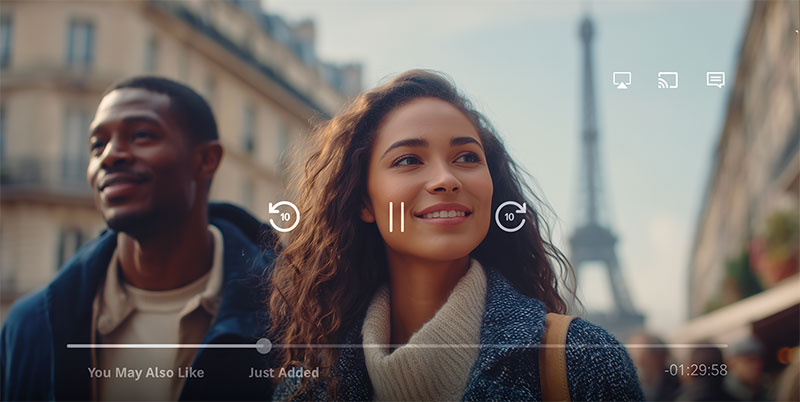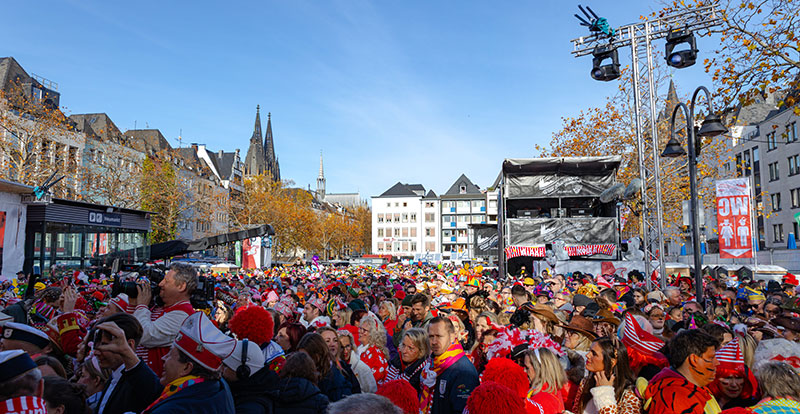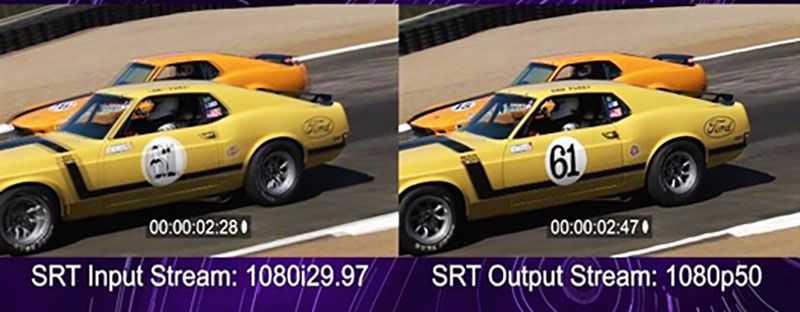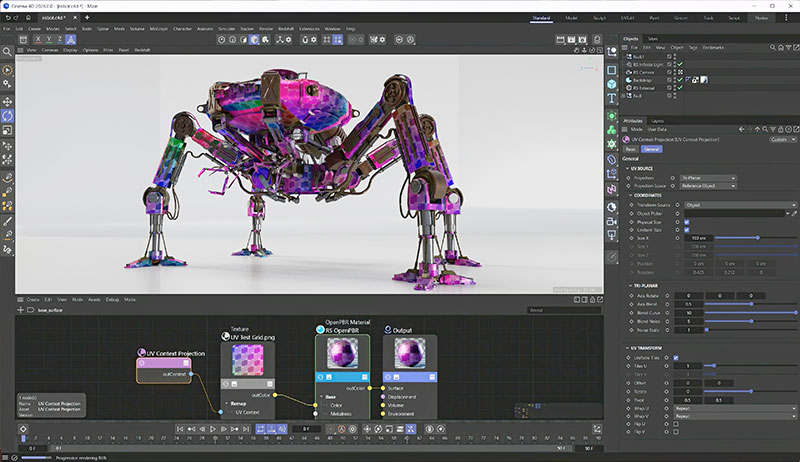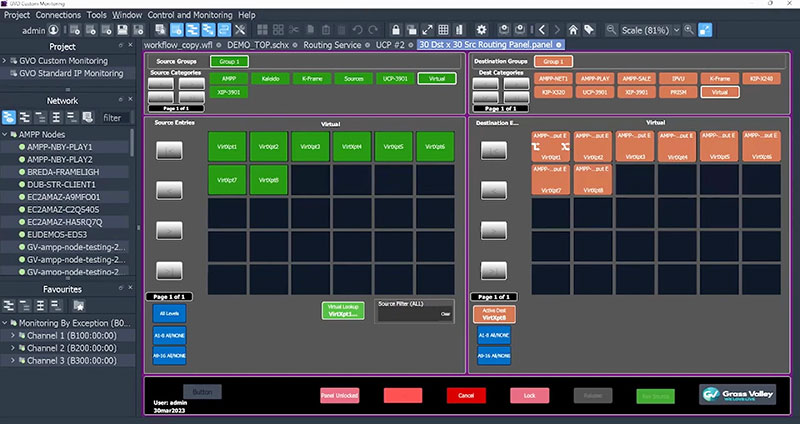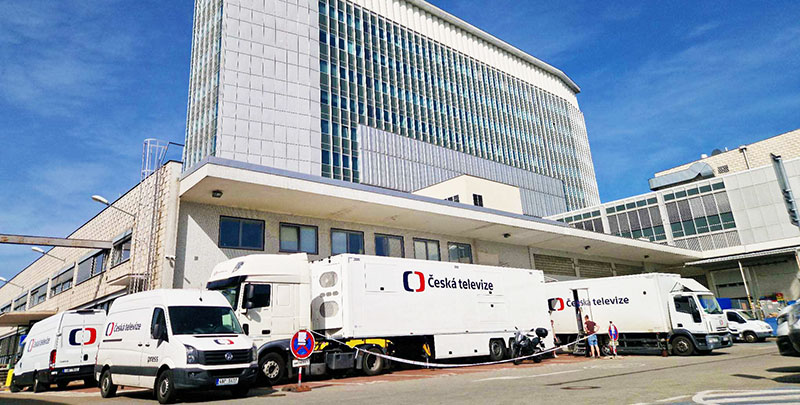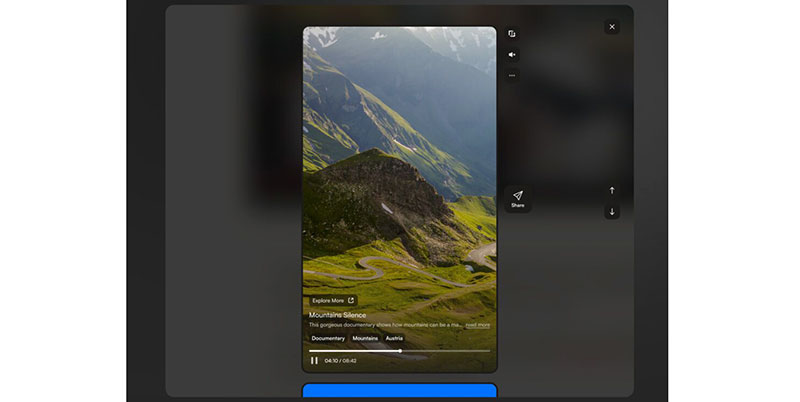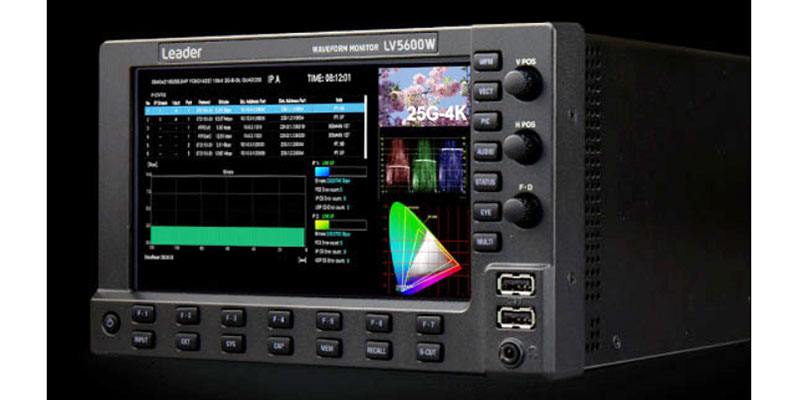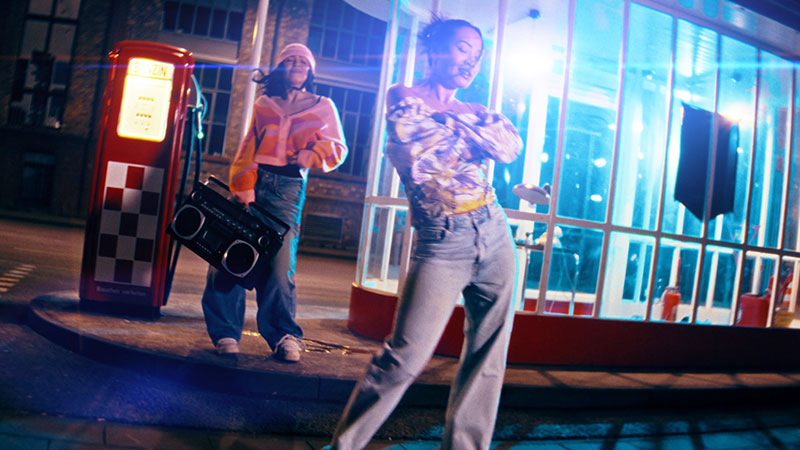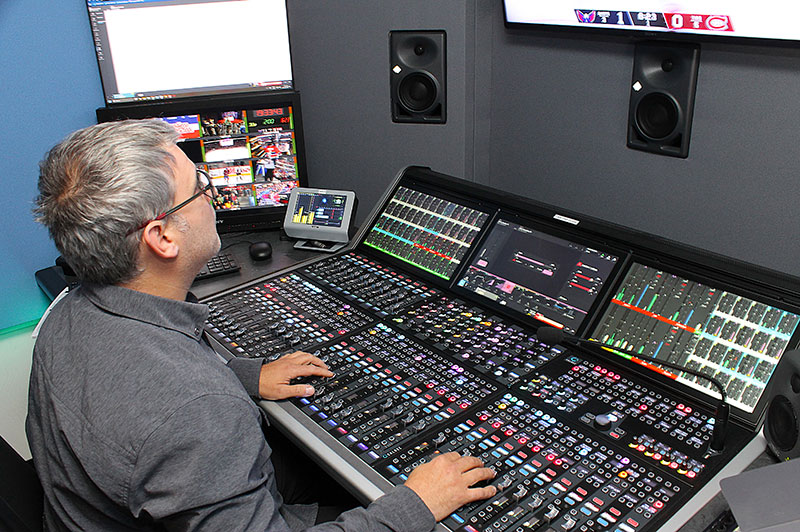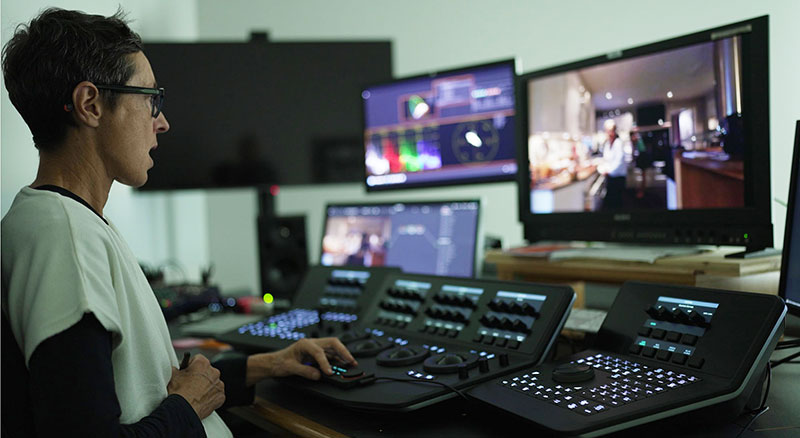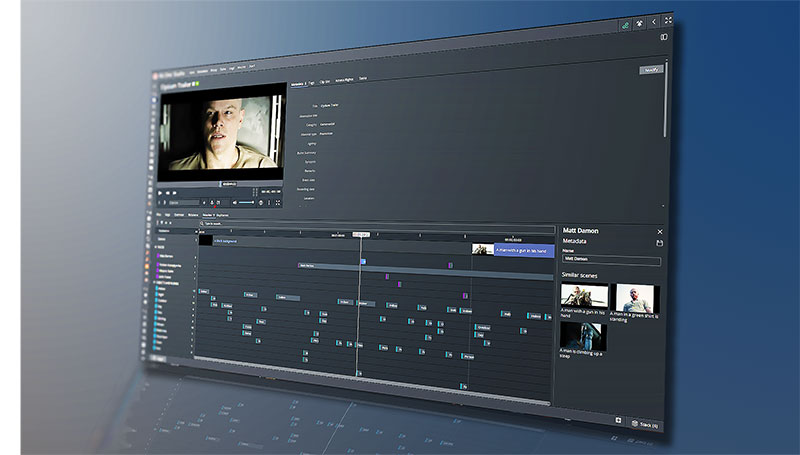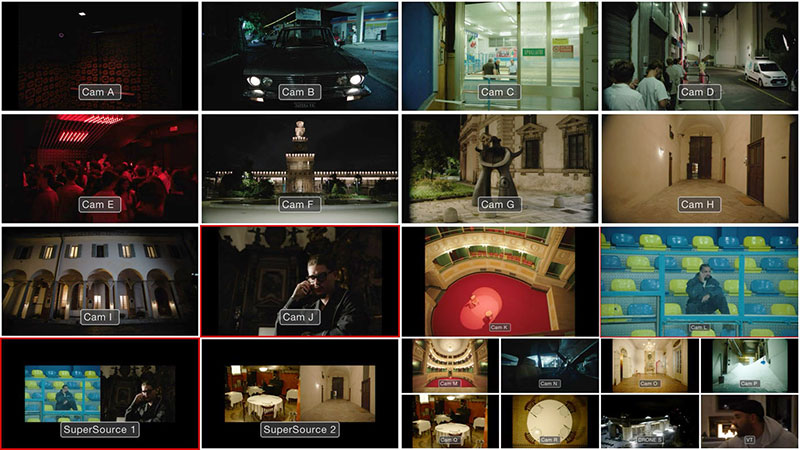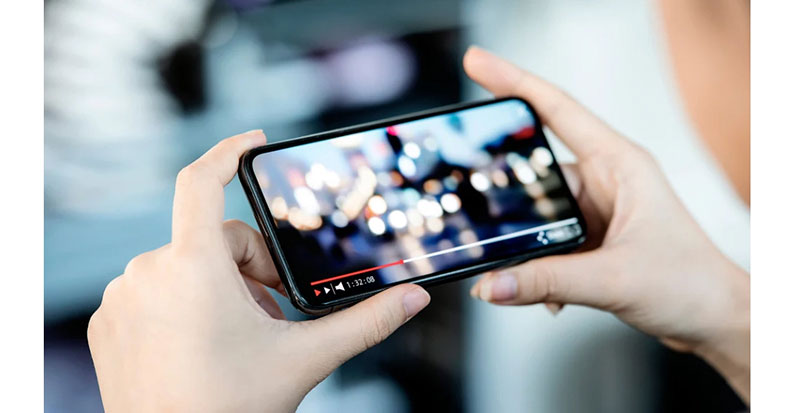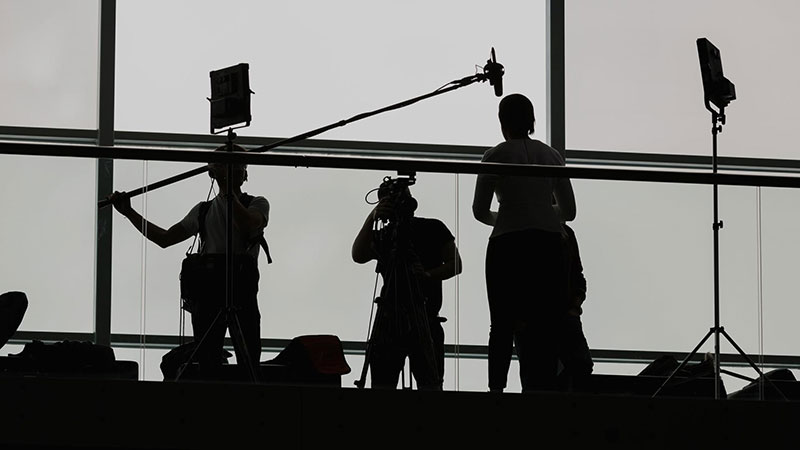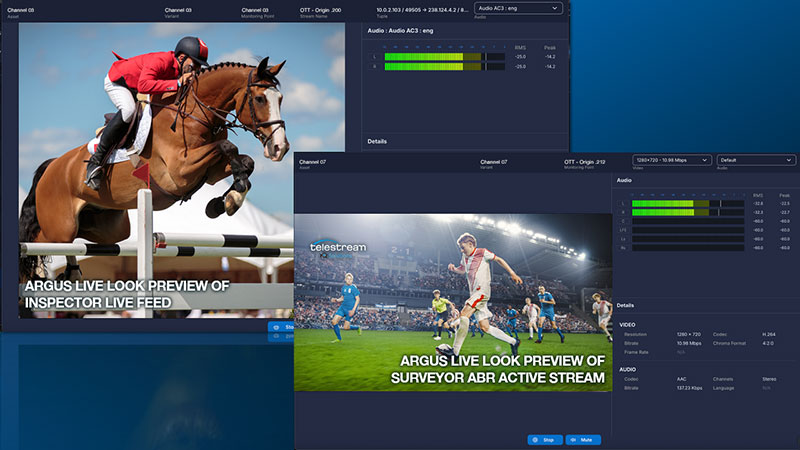European broadcaster ARTE moved successfully from SDI/1080i to native IP-based 1080p production infrastructure including UHD capability and creative grading for live applications.
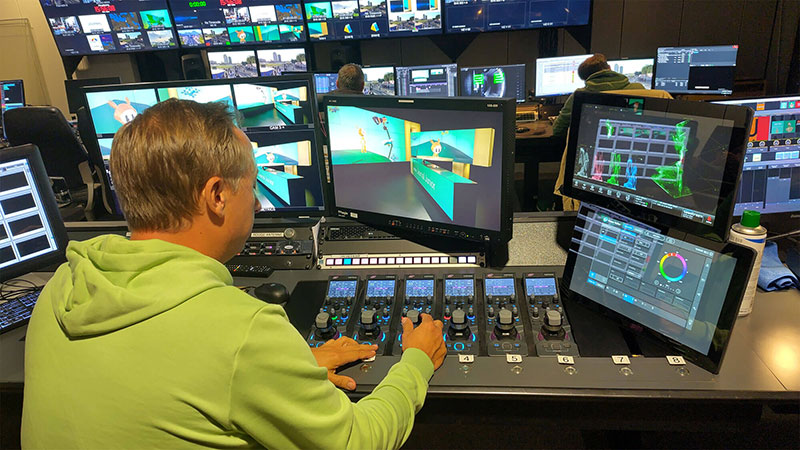
European cultural broadcaster ARTE has made a successful move from SDI/1080i to a native IP-based 1080p production infrastructure that includes UHD capability.
The project, delivered in collaboration with Broadcasting Center Europe (BCE) as system integrator, modernised two of ARTE’s studios, one dedicated to news and another for general productions. The upgrade has resulted in a native IP environment based on SMPTE ST 2110 that aims for interoperability, scalability and operational flexibility, and affects all of ARTE’s production workflows.
Associated investment has included Grass Valley LDX 135 cameras and LDX Creative Grading software. “Transitioning to IP was a key step in ARTE’s modernization strategy,” said Bruno Viti, Chef de Projet Broadcast at ARTE. “With Grass Valley’s native SMPTE ST 2110 LDX 135 cameras, we achieved outstanding image quality and a true IP implementation that simplified cabling, reduced rack space, and streamlined system integration. This has been a major step forward in both performance and efficiency.”
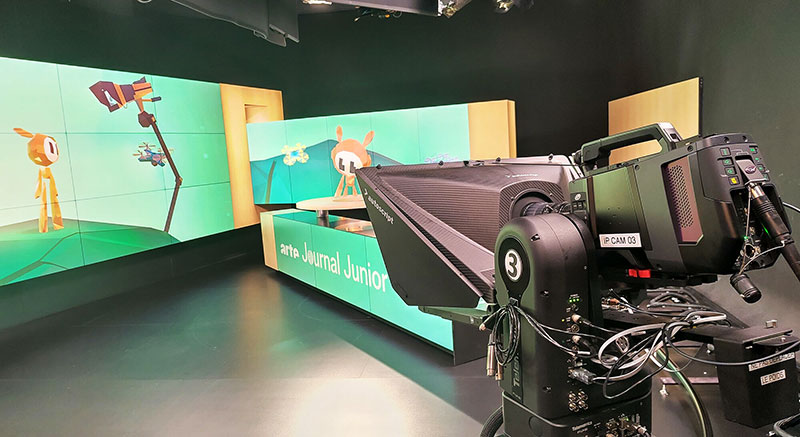
NativeIP Network Control
LDX 135 cameras simplify the creation of multiple formats, using NativeIP connections directly into the network. Standards-based IP makes it simple to connect, convert resolution, map HDR and use the cameras however they are needed across the network without relying on extra equipment to manage the communications. Instead, the camera itself becomes the active IP endpoint in the network.
NativeIP allows the addition of a camera to the production system from wherever a network connection is available. With less hardware to set up, time to set up and configure is reduced while the number of potential camera locations and configurations is increased.
Implementation of AMWA-NMOS protocols means the camera is instantly discoverable and connected to a network control system, integrating audio, video and control as well as PTP timing. Support includes management of camera tally information, audio levels, control panel button presses and status using industry standard integration.
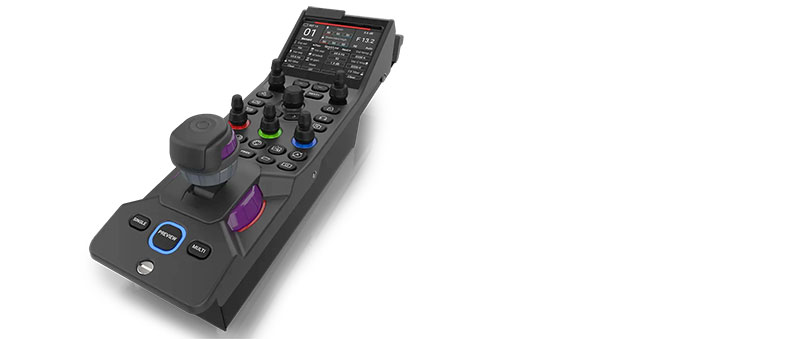
Because all of this functionality is an integral part of the media stream, the system is easier to scale, and cameras can be added anywhere in the network. Authorized users can simultaneously access the same video and audio streams from any workstation.
Creative Grading
With its purchase of the LDX 135 Cameras, a major part of the new acquisition workflow is LDX Creative Grading software, used with the new CGP 500 grading panel. Together, they give ARTE’s operators and shaders immediate, real-time control over image quality, colour balance and camera matching across the studios.
Creative Grading is a new way to control all cameras deployed in a production. Earlier on, camera control systems were used to control technical imperfections, temperature drifts, effects of time and so on. But today, the new digital cameras have made the picture quality stable enough that compensating for temperature drift is unnecessary. Conversely, many more possibilities exist in the camera to generate specific looks and styles. In turn, these styles need to be controlled. New formats, including UHD, wide colour gamut and HDR all impact the image in different ways.
Grass Valley’s key customers have indicated that, especially for live production, more direct access is needed to certain controls. Instead of adding more controls, Grass Valley has increased the flexibility users have to allocate functions – such as saturation, clean scan, sensitivity or gain – to the existingcontrols.
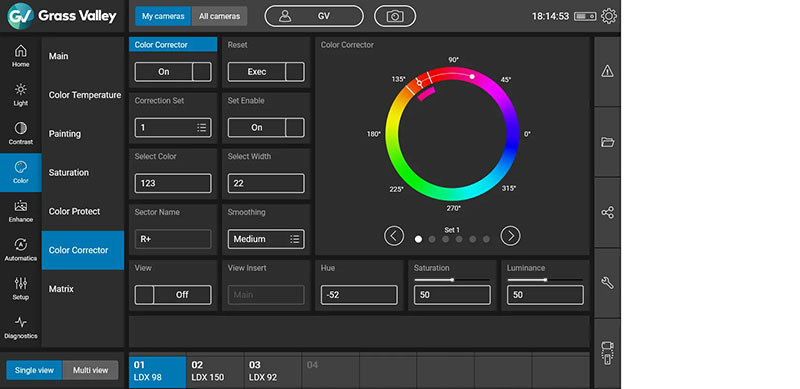
The result is controls that are not only more direct, but also more visual and therefore faster. For example, the six vector colour corrector inside the camera was formerly controlled entirely by number, which demanded training and experience. By placing it in the Creative Grading app, running on off-the-shelf hardware, operators can visualise what they are doing as they work.
Graphical User Interface
The Creative Grading system’s approach to camera shading places less emphasis on menus and layers of settings and more on grouping parameters into logical bundles, to create a more straightforward experience where each adjustment the operator makes is visually represented in real time. The operator can quickly adapt to changing light conditions or visual styles, preserving the image quality and creative potential of shots.
A key part of the operator’s experience is the software’s graphical UI, designed for accessibility and opening up advanced shading and grading capabilities to users with various skill levels. The interface layout and pre-set snapshots make it relatively simple to learn to modify the parameters. This reduces training requirements and also makes it easier for studios to add staff as projects arise.

“Creative Grading has transformed our day-to-day operations,” said Henri Ehrhard, Responsable Production Exploitation et Planification at ARTE. “Operators can now manage multiple cameras, adjust settings, and refine the image directly from the studio floor with immediate visual feedback. The interface is intuitive, the control is precise, and the system fits naturally into our production workflow.”
Technical and Operational Transition
BCE, acting as system integrator, guided ARTE through the technical and operational transition to IP, ensuring smooth deployment, network integration and end-to-end performance optimisation.
“Our collaboration with ARTE and Grass Valley combined deep engineering expertise with a shared vision for IP-based production,” said Stéphane Gerard, Engineering & Integration Director at BCE. “Together, we’ve delivered a system that’s both technologically advanced and operationally efficient, setting a new benchmark for IP-based live production in France.”
With nine LDX 135 cameras installed across ARTE’s News and general production studios, the broadcaster can now operate more efficiently due to native IP integration and creative flexibility, and achieve consistent visual storytelling across all of its productions. www.grassvalley.com




